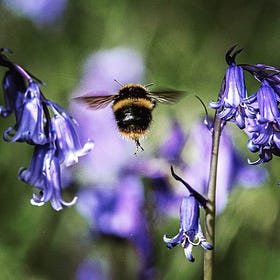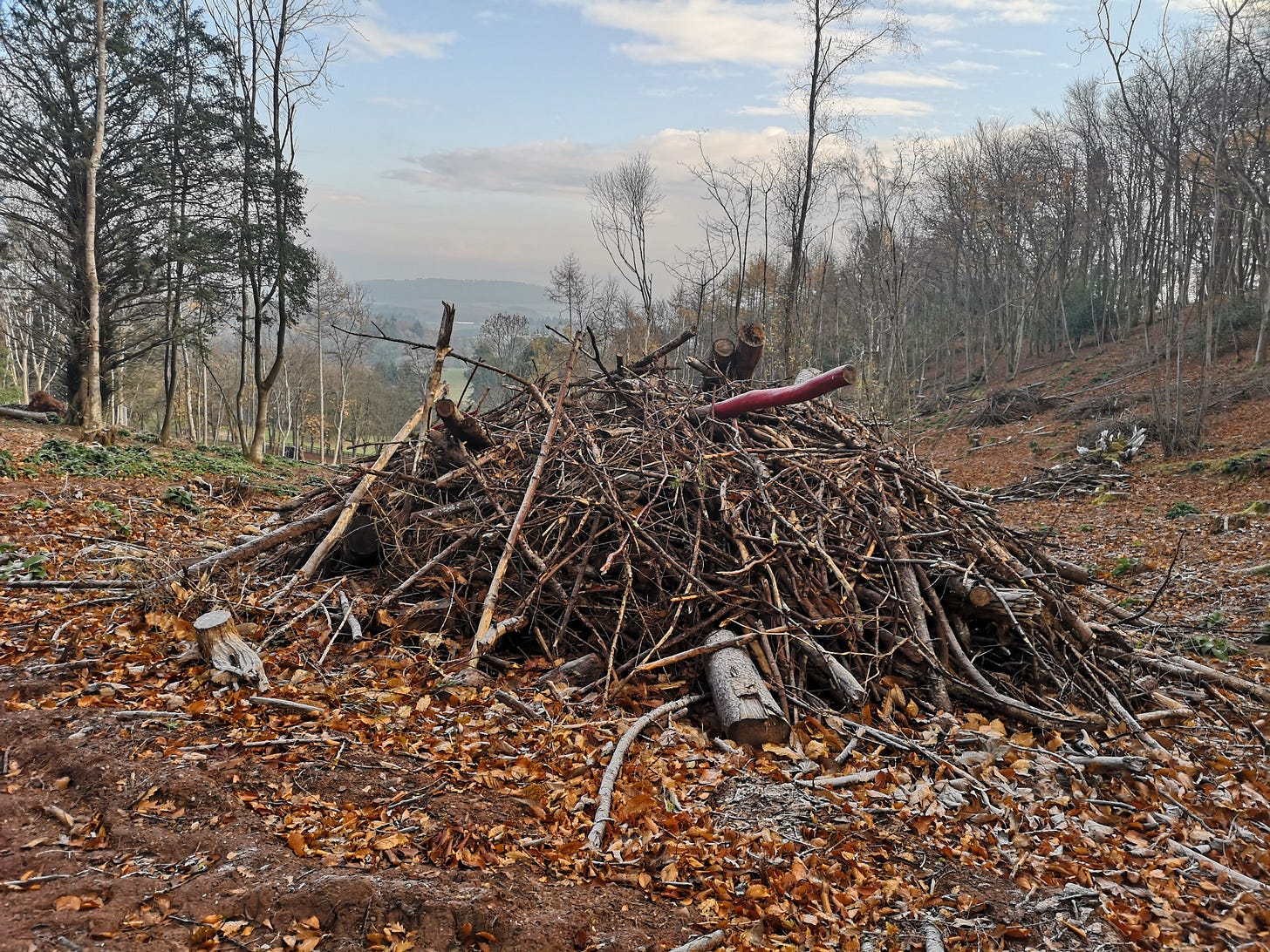Section 4.c. "Smaller-Scale Rewilding: A Practical Guide to Restoring Nature in Your Own Space"
'Encouraging Pollinators and Beneficial Fauna' - the latest section of LettsSafari's guide to smaller-scale rewilding.
We’re publishing weekly instalments of our guide to smaller-scale rewilding in LettsSafari+ and your inbox - section after section, week after week. Packed with amazing photography and immersive videos straight from our parks.
If you're not a paid member of LettsSafari, you can subscribe today. Get this amazing guide and help build more rewilding safari parks for the price of a cup of coffee a month.
Encouraging Pollinators and Beneficial Fauna
Pollinators and other beneficial fauna (like predatory insects, earthworkers, etc.) are the workforce that keep a rewilded garden healthy and balanced. Encouraging them is both one of the easiest and most rewarding parts of rewilding, since many are beautiful or fascinating to observe and they actively contribute to the success of the habitat.
The Bee Crisis and What You Can Do About It
The world is experiencing an unprecedented decline in pollinator populations, particularly bees, with devastating consequences for ecosystems and our food supply. Over the past few decades, scientists have documented alarming decreases in bee populations across the globe, whether they're in the wild or the protection of beekepers.
Pollinators - bees, butterflies, hoverflies, moths, beetles - are essential for flowering plants’ reproduction. To support them, aim for a continuous sequence of blooms throughout the growing season. In practical terms, that means having some plants that flower in early spring (e.g., willow catkins, primroses, dandelions, fruit tree blossoms), plenty in late spring and summer (meadow wildflowers, clovers, brambles, herbs like oregano, etc.), and some late-season sources (ivy in autumn, late knapweed, heather, or asters).
A diversity of flower shapes and colours also caters to different pollinators. Avoid double-petaled ornamental cultivars (which often have little nectar/pollen) in favour of single, open-form blooms that insects can easily access. Native wildflowers are great, but even some non-natives like lavender or borage can be excellent for bees - the key is they produce accessible nectar and pollen.
In a small space, you can intermingle pollinator plants in any beds or edges. If rewilding a larger area, consider leaving some bare earth patches or sandy soil banks - many solitary bees (like mining bees) need open soil to dig nests, and some solitary wasps do too. These insects won’t harm your space; in fact, solitary bees rarely sting and are very docile.
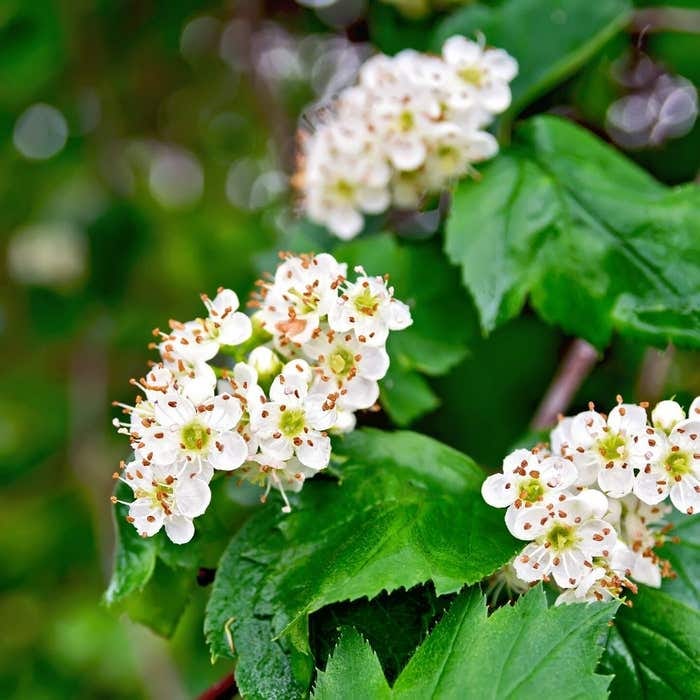

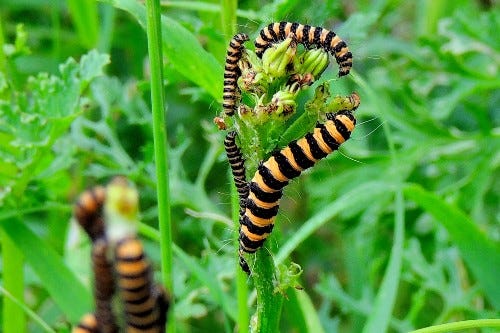
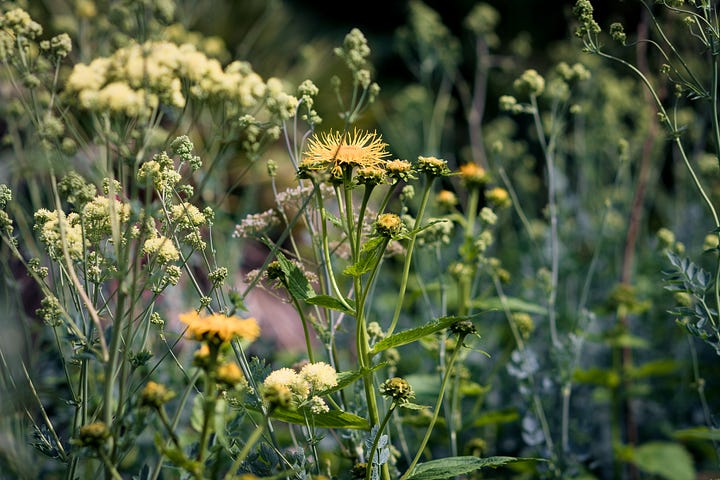
You might also provide man-made help: bee hotels (bundles of hollow stems or drilled holes in wood) can attract solitary bees like mason and leafcutter bees, which are fantastic pollinators. Place these in a sunny, sheltered spot. It’s quite satisfying to see leafcutter bees fill the tubes with cut leaves to seal their brood cells - a sign your rewilded garden is providing habitat.
No pesticides is a cardinal rule. Even organic insecticides can harm beneficial bugs. Instead, let the ecosystem control itself. If aphids appear, trust that ladybirds, hoverfly larvae, or lacewings will come to feast on them – perhaps not instantly, but soon enough to keep the system in check. Many small rewilded gardens report that after a year or two of “do nothing” pest control, they achieve a balance where no one pest overruns because predators and parasitoids are present.
Beneficial fauna includes not just insects but also birds, bats, reptiles, amphibians, and mammals that help maintain ecological balance. For example, insect-eating birds like blue tits, wrens, and flycatchers can significantly reduce pest insects if they frequent your space. To attract them, offer what they need: safe nesting (birdhouses or dense shrubs), water to drink/bathe, and of course an abundance of insects (which you’ll have if you plant native and avoid chemicals).
Berry-bearing shrubs bring in thrushes and cedar waxwings (in North America) or blackbirds (in Europe) that then also eat lots of ground invertebrates. Bats can be encouraged with a bat box or by having a water source (bats often feed over ponds where insects swarm). Bats will patrol the night eating mosquitoes and midges - beneficial for human comfort too!
Hedgehogs (in areas where they exist) are ultimate garden allies; a single hedgehog can eat hundreds of slugs, caterpillars, and beetles in a night. Ensuring your garden has a hedgehog highway (a 13 cm gap in fences) and leaving some wild areas can invite them. Many neighbourhoods now coordinate to become “hedgehog friendly” with connected gardens - a community-level rewilding effort.
In warm regions, lizards or geckos may inhabit rock piles and help with insects. Even snakes like small grass snakes or garter snakes can appear if you have a good pond (they’ll hunt amphibians, which might sound counter-productive, but remember, a balanced predator-prey dynamic is natural).
Decomposers and soil fauna like woodlice, millipedes, springtails, and fungi are beneficial in breaking down dead matter and keeping soil healthy. Encouraging them is as simple as leaving organic matter in situ - let leaves fall and lie in beds (maybe rake off lawn onto borders), maintain a compost heap, and incorporate log or stick piles. A “dead wood pile” in a shady corner will teem with life - watch for slow-crawling beetles or snails on a damp day, these are the cleanup crew. In return, they enrich the soil for your plants.
What's Hiding in the Wild Grasses at LettsSafari?
Our approach to eco safari parks centres on the creation of a number of co-existing habitats that not only remove carbon dioxide but also provide vibrant habitats for wildlife.
One delightful way to see your beneficial insect population is to go out at night with a flashlight - you might see a thousand tiny pairs of shining eyes in the grass: those are wolf spiders hunting pests at night. Or shine a light on flowers at dusk - often you’ll catch moths and hoverflies clocking in for the evening shift of pollination. A truly healthy small rewilded patch will be active 24/7 with different creatures.
Water features we've discussed, but to reiterate: a small pond will attract dragonflies and damselflies - these are both pollinators (as adults visiting flowers) and mosquito predators (as aquatic larvae), so extremely beneficial. They also add beauty and are fun to watch zooming around. Similarly, aquatic diving beetles will eat mosquito larvae, as will the little wriggling larvae of non-biting midges that compete with mosquito larvae. So a balanced pond tends to not breed many mosquitoes relative to the predators it supports.
If mosquito larvae are a concern, simply ensure you have surface movement (a small fountain or just many larvae-eating insects), or even introduce a few native minnows if appropriate (though fish can limit amphibians, so in wildlife ponds fish are usually avoided).
Shelter and nesting sites: In addition to food, beneficial fauna need places to live and hide. This includes everything from hedgehog houses (can be as simple as a cavity under your woodpile), to insect hotels, to thick hedges for birds, to stone piles for amphibians to hibernate under. Going more natural can be as simple as building a woodpile of logs with layers of branches on top. Some of LettsSafari’s more advanced natural wood biodomes combine hedgehog house, bug factory and wild bee hive!
It’s often said a diversity of structure (tall trees, medium shrubs, open scrub, tall grass, short grass, bare soil, water, dead wood) equals diversity of wildlife. So when planning your microhabitats, think structurally. A pile of rocks and bricks might look random, but a toad or beetle might find it an ideal home. One could install a toad abode (upturned pot with entry hole) in a damp spot, or leave a corner of the shed accessible for a bumblebee nest.
Community of beneficials: Over time, as you encourage all these actors, your rewilded space transitions from being maintained by you to being maintained by ecological interactions. Pollinators ensure plants set seed and spread; predators keep herbivores in check; decomposers recycle nutrients to fertilise plants. Suddenly, gardening becomes less about constant intervention and more about gentle guidance, because the little creatures are doing the heavy lifting. You’ve essentially recruited a volunteer workforce of ladybirds, spiders, bees, worms, and more. It’s quite freeing - and it embodies the rewilding principle of letting natural processes take over.
Keep reading with a 7-day free trial
Subscribe to LettsSafari+ to keep reading this post and get 7 days of free access to the full post archives.



